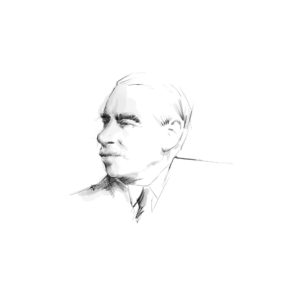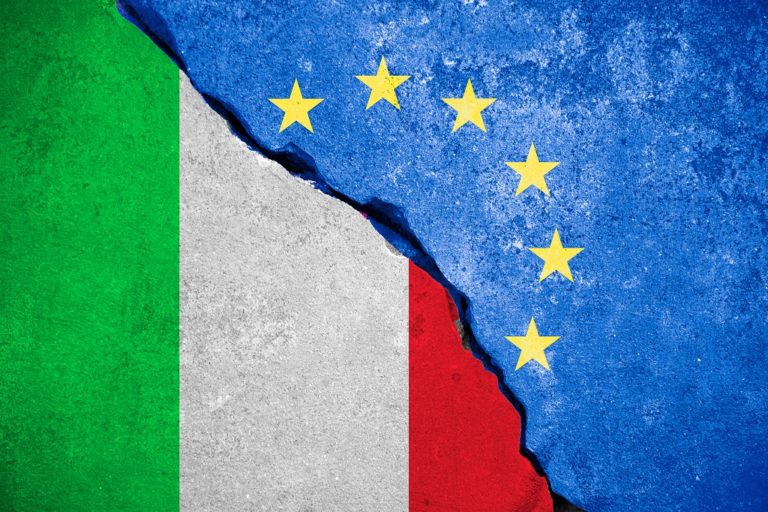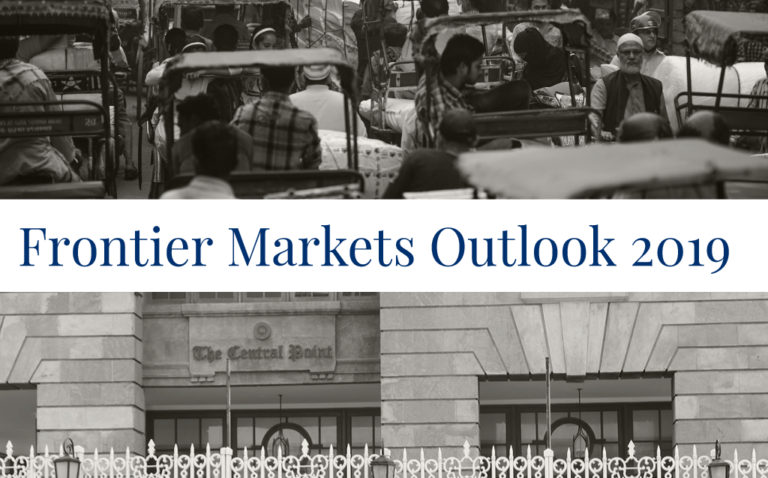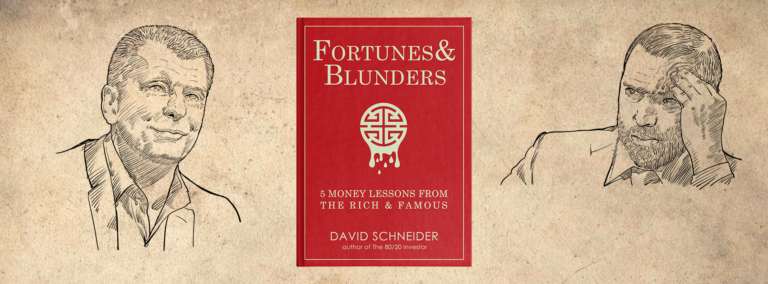Fortunes & Blunders: John Maynard Keynes
“Most men love money and security more, and creation and construction less, as they get older.”—John Maynard Keynes
We can find many examples of financial successes and economic blunders over the centuries, from the great Emperors of Rome, Egypt and China to the Wall Street Crash and the Great Depression. Wealthy people becoming bankrupt overnight.
Circumstances beyond the control of its victims. Consider being a wealthy German during the Second World War, when an entire fortune might be needed to buy an 8 million mark stamp. On other occasions, events take place beyond the control of the individual. Imagine being a Jew in Europe during the same Nazi period. Not just your home, your business, your wealth might disappear in a flash, but also your life.
To have resonance for life in the 21st century, we really need to concentrate no further back than a century ago. Since the days of the great men to follow, we have seen global changes in the world’s finances. Nevertheless, the financial stories of Winston Churchill and John Maynard Keynes can provide us with many lessons. These two may have been great thinkers, but were they great at managing their money?
John Maynard Keynes—The Money Condor

How many fortunes do you need to lose to learn a lesson? One, two? Or is the lesson one that tells us the risk never goes away? At least, for speculators in the financial markets? John Maynard Keynes made use of his own experience—his successes and failures—to develop his theory of economics. Keynesian economics underpins the work of governments around the world, even today, now more than seventy years after his death.
Many consider him the greatest economist of all time—certainly, his thinking has shaped the lives of those from the developed world. He is considered the creator of modern macroeconomics, building the foundations for the school of thought known as Keynesian economics. Among investors, he is also regarded as an early “value investor” and forefather of behavioral economics, a branch of economics that has gained mainstream popularity in recent years. His influence in these fields has stood the test of time for generations.
But it wasn’t only astounding professional career achievements or his lasting works from his academic life that can teach us lessons, but also his astonishing personal achievements when it came to accumulating his private wealth—several times! As such, it would be easy to assume that Keynes was as successful with his own finances as he was in informing those of the nations of the world. And while that is a truth we can ultimately reach, Keynes’ journey to personal wealth was far from smooth. He faced many challenges, some of his own making, some out of his control.
Achievements
At Keynes’s death, in 1946, his net worth was estimated at £500,000. That is a personal fortune worth close to $7 million in 2018. On top of this, his personal and extensive collection of artwork and rare manuscripts are valued at more than $2 million. Pretty impressive for a man who, as we shall see, grew up during times of considerable economic turbulence, who lived through two world wars and the biggest financial collapse in the history of the world, and whose own life reflected the most stereotypical of British middle-class values. In other words, an elaborate lifestyle supported by unexceptional means.
Keynes’ collection of assets was impressive. Not only did it include his extensive stock portfolio, but also an elaborate paper written by Sir Isaac Newton, rare books, and paintings. But although a monetary value can be applied to these wonders, it is their intrinsic worth that makes them so remarkable. As a connoisseur of fine art and writing of lasting importance, Keynes always had an eye for the best.
In his collection were not only several pieces by Cubists George Braque and Pablo Picasso (Picasso was in his outer circle of friends) and other famous artists of that time, but he also acquired the original manuscript of Principia Mathematica and other papers of Isaac Newton. He also owned rare classic books by Aristotle, St. Augustine, Bacon, Copernicus, Dryden, Galileo, Hobbes, Erasmus, Kepler, Milton, More, and Virgil, as well as First Editions of Milton’s Paradise Lost, Spenser’s The Faerie Queen, and Ben Jonson’s plays.
How did he garner such an impressive and valuable collection? Along with his personal wealth, his private stockpile of valuable works of art and papers made him, according to John F. Wasik, author of Keynes’s Way to Wealth, Keynes was one of the richest economists ever.
Keynes’ Formative Years (Education and Training)
John Maynard Keynes, later the 1st Baron Keynes, was born June 5th, 1883 in Cambridge, England, to an upper middle-class family. Despite their comfortable background, supplies of cash within the household were limited. Certainly, the family lived nowhere near the poverty line, but compared to the vast wealth held by a small number of the middle, upper and emerging classes in Victorian Britain, their finances were of no particular note. His father, John Neville Keynes, was an economist and a lecturer in moral sciences at the University of Cambridge, and his mother, Florence Ada Keynes, was a local social reformer. Their son’s later good works and support for important causes may well have had its origins in such socially-aware parents. John Maynard Keynes himself would be destined to follow an appropriate educational route for his social standing and class, but one earned through scholarship (a reward for academic brilliance) rather than family funding.
Coming from an upper middle-income family of learned academics, he received the best education England had to offer at that time: firstly Eton College and then Cambridge, both entered through scholarships in 1897 and 1902, respectively. He excelled in both, and early on showed his talent for analytical and intellectual brilliance. According to biographers, he particularly displayed a talent for mathematics, although he also demonstrated a keen interest in classics and history as well.
In line with his education, he took the national civil service exam in 1906 to serve his country in some form of administrative role. He would have been unusual for that time in possessing considerable academic talent as well as the correct breeding and schooling. High intelligence and social awareness were not characteristics especially associated with the British Civil Service in the immediate post-Victorian years. He took a position in the India office, although he didn’t have much interest in India. However, the British Raj held complete rule at the time, and the position gave him key insights into how money worked in society and its importance to the functioning of civilization. It was hardly a glamorous job, though: Keynes’s first task in the office was to ship ten Ayrshire bulls to Bombay.
Nevertheless, he developed a keen interest in macroeconomics, the big picture form of economics that includes the analysis of capital flows, currency and government policies related to industry and economics. With that, he also developed a deep interest in probability calculation that often connected with macroeconomic decision-making. So interested was he in this subject, that one of his first books published would be on probability theory.
After two years of being a small-time civil servant, he got bored and looked for new challenges. He returned to Cambridge in 1908, where King’s College offered him the position of second bursar. It was clear that a future in economics, following in his father’s footsteps, was in the cards. In time, he would eclipse the work of his parent.
SIGN UP TO MY EMAIL LIST [button color=”accent-color” hover_text_color_override=”#fff” size=”large” url=”https://www.wooschneider.com/p/fortunes&blunders” text=”Subscribe!” color_override=”#f6653c”]






